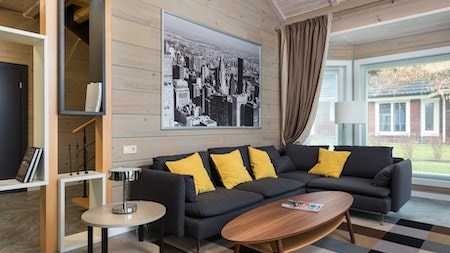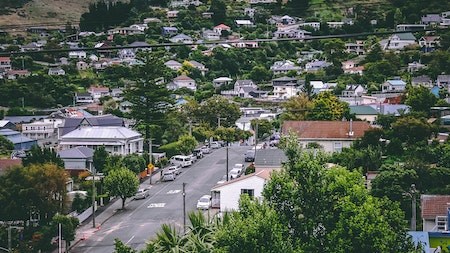According to ooba Home Loans, the Eastern Cape is the top contender when it comes to residential property price growth.
The province continues to show robust annual growth in housing prices, peaking at +7.01% for the period January to October 2022 - up from 6.35% in 2020 and 6.76% in 2021.
Lightstone’s data for the key metros from January to October 2022 shows a robust house price inflation of 7.8% in Gqeberha. By comparison, Johannesburg house prices increased by a meagre 1.8%, with Cape Town slightly higher at just 4.0%.
Chief executive of ooba Home Loans, Rhys Dyer, says the average purchase price for homes in the Eastern Cape has increased gradually over the past decade.
“According to ooba Home Loans’ data, the average purchase price in the Eastern Cape increased to R1.73 million in December 2022. This is just R78 725 below the average purchase price in the Western Cape,” says Dyer.
“Eastern Cape first-time buyers paid an average purchase price of R1.14 million in February, matching the national average price paid by first-time buyers.”
Development
Lightstone data for vacant plots for development shows that the price of vacant plots have more than doubled between 2013 and 2022. This figure is expected to gain momentum, reaching a median sales price of R0.54 million in early-2023.
Popular Eastern Cape development areas include Gqeberha, East London, Storms River, King Williams Town, Cintsa, St Francis Bay and Hogsback.
“Agriculture, renewable energy and the automotive sector are big drivers of the Eastern Cape economy, and the region recorded an employment increase of 20 000 jobs over the fourth quarter of 2022, according to the Quarterly Labour Force Survey. In Gqeberha, the average household income ranges from around R44 000 to R57 500 a month,” says Dyer.
He believes the home buying frenzy can largely be attributed to some key factors such as:
- Home buyers are getting more value for their money in this market than in other provinces.
- Further demand for holiday homes in the region.
- A wave of young adults - most of whom are first-time home buyers, early career professionals and young families - are coming into the region.
- There has been a recent increase in demand for homes from retired people in the 65-plus bracket, mature people aged 50 to 64 and middle-aged home buyers from 36 to 49.
Sectional title versus freehold
Although the biggest section - 72.5% - of the market consists of freehold homes, the demand for sectional title homes is steadily overtaking the demand for freehold units. Dyer says that over the past two years, more sectional title homes have been sold than freehold units.
“The shift towards sectional title properties is a result of all the new developments coming to market and the influx of young or first-time buyers. They typically prefer sectional title homes as they are more affordable, with good security and low maintenance. These are all important criteria for buyers in these categories.”
Dyer says the housing market in the region is expected to remain buoyant over the next few years as more and more people continue to move into Eastern Cape from the inland provinces.
“We also expect more development, commercial activities, and government support in the Eastern Cape,” Dyer says.
Writer: Sarah-Jane Meyer





